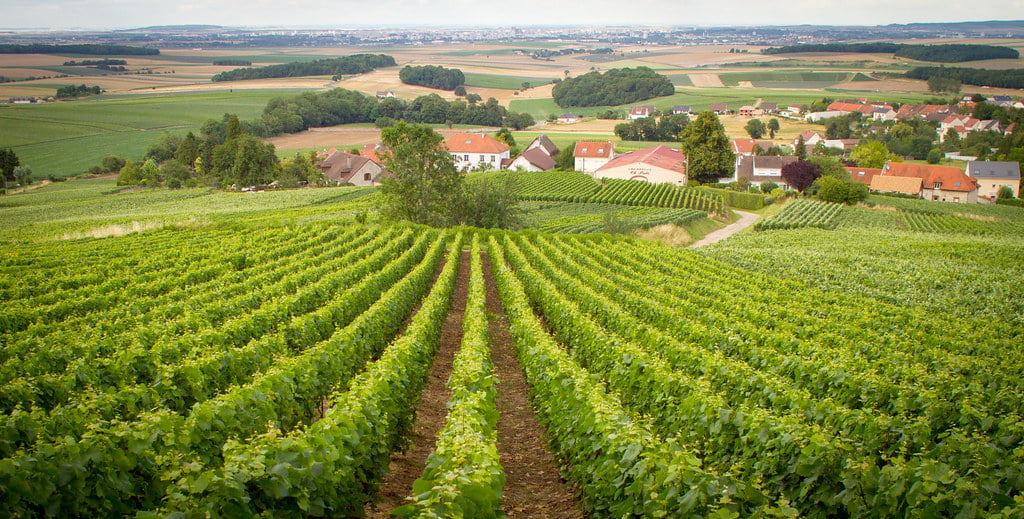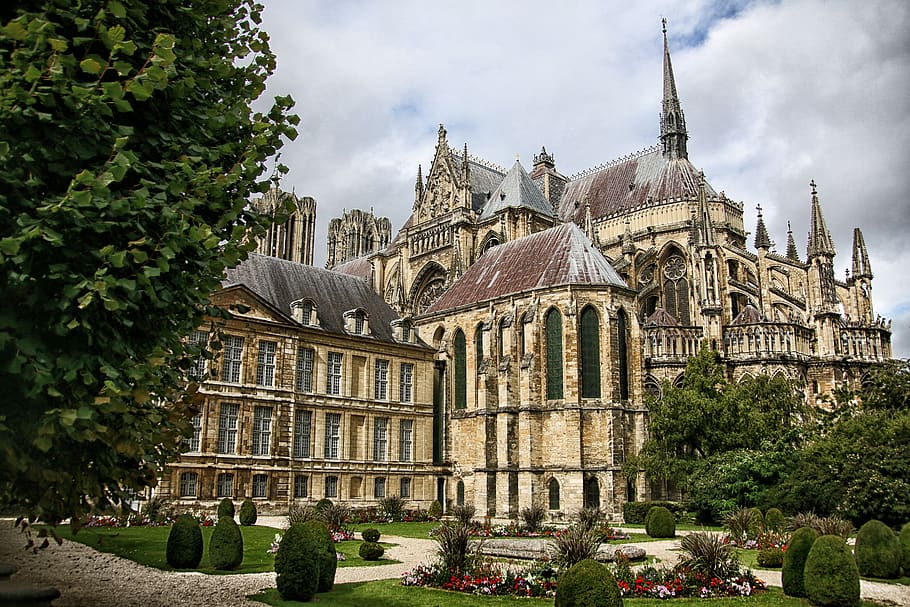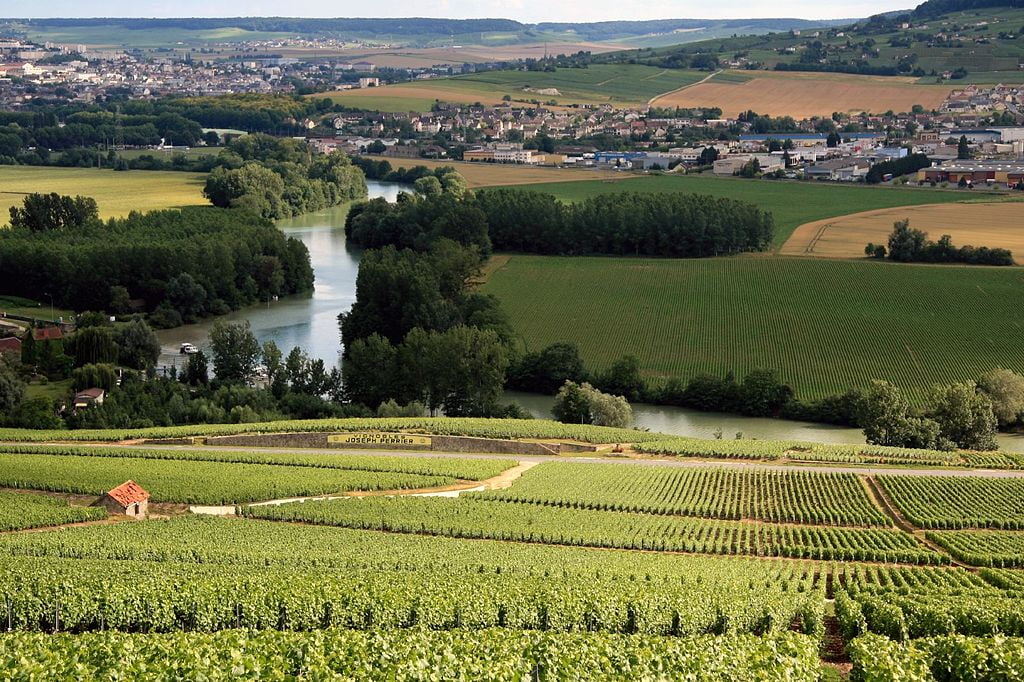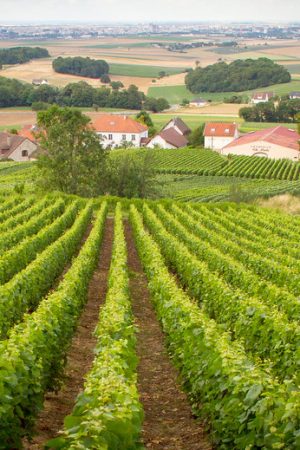
Our guest contributor, Patrick Brady, is back, this time with a gentle stroll through Champagne.
It is hard to believe that you can be in one of the world’s greatest wine regions in less than three hour’s drive from Calais.
Past the endless flat plains of Northern France, through the Department of the Somme, the battlefields of the Western Front, and the roadside memorials to the lives lost during World War 1.
It is a rather sombre pathway to a region steeped in grape growing history – from the Romans through to Jay-Z’s Ace of Spades. But the region has attracted the great and the good from the wine world for centuries and for good reason.
Champagne’s secret lies in its combination of latitude and soil. The chalk soil along with the cool climate create a terroir that lends itself to the production of wines with high acidity, ideal for the production of sparkling wine.
The South Downs is on a similar latitude to Champagne and the all important chalky soil is found in both areas. With increased temperatures likely brought about by global warming, the climate along the South Downs is now remarkably similar to that of Champagne.
It’s no surprise, therefore, that the likes of English Sparkling wines, such as Nyetimber and Hambledon have excelled in blind tastings alongside the greats of Champagne.

Reims, at the Northern edge of the region, once the place for the coronation of the kings of France, is by far the largest city in the area, and home to some of the great Champagne Houses, notably Krug and Taittinger. Both the city’s stunning cathedral and the Palais du Tar are now Unesco World Heritage Sites.
Further south, past the Montagne de Reims, and some of the Grand and Premier Cru vineyards lies the River Marne, once a major trading route for goods destined for Paris and beyond.
The slopes to the north of the river contain some of the best Grand and Premier Cru vineyards.The grapes from these vineyards are used for the prestige cuvees such as Dom Perignon, Veuve Clicquot La Grande Dame and Louis Roederer Cristal.
It is here, on the the edge of the village of Hautvillers, in the Abbey de Saint-Pierre, that the body of Dom Perrignon lies, overlooking the vineyards of Cumieres.
Whether you believe that the method for fermenting grapes and containing the resulting carbon dioxide in the bottle was discovered in England by Christopher Merret or in France by Dom Perignon, Champagne still leads the way in popularity and prestige.

Heading east, along the picturesque river valley, you pass through the quaint villages of Dizy (home to Jaquesson) and Ay (Bollinger).
On the river itself, lies the town of Epernay – oozing properity and housing some of the most famous Champagne producers along the iconic Avenue de Champagne. It has slowly become a tourist venue, showcasing such names as Moet & Chandon, Perrier Jouet and Pol Roger.
Although the Champagne region stretches as far south as Troyes, the area of the Cotes de Blancs, a few kilometres south of Epernay, produces some of the best Chardonnay in the whole of the region.
These east facing Grand Cru and Premier Cru vineyards are all around the villages of Avize, Cramant and Le Mesnil sur Oger (Salon).
Out of the hundreds of producers to be found in Champagne, the following four are the ones to seek out.
KRUG – Reims – Rich, oak aged, very stylish, Grand Cuvee NV outstanding.
BOLLINGER – Ay – Pinot Noir lead wines, vintage wines especially.
JACQUESSON – Dizy – Stunning NV wines with little or no dosage. Long lees ageing.
SALON – Le Mensil sur Oger – 100% old vine Chardonnay from the Cotes de Blancs.

